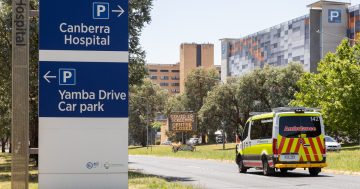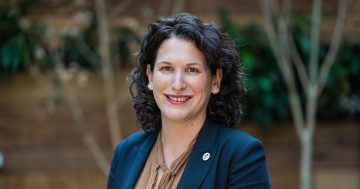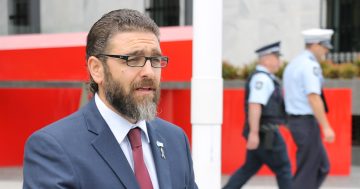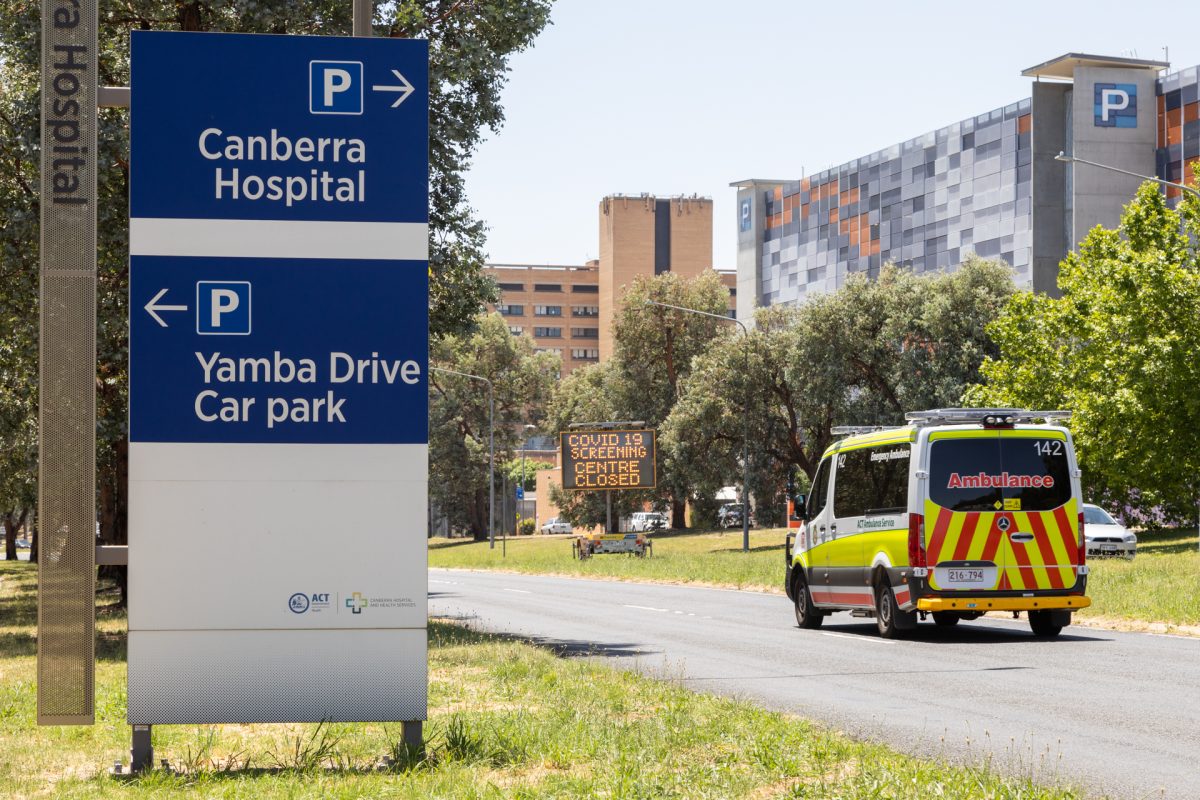
Of the 58 per cent of ACT doctors who voted on the government’s last wage offer, 86 per cent responded with a ”No”. Photo: Michelle Kroll.
Canberra Health Service (CHS) doctors are the second-lowest-paid hospital staff in Australia, but their union will soon vote on proposals for industrial action as they pursue a better wage offer from the government.
A request by the ACT branch of the Australian Salaried Medical Officers Federation ACT (ASMOF) has been approved by the Fair Work Commission. It will allow members to consider and vote on the union’s proposed industrial action, which consists of a series of bans and stoppages across the CHS.
Despite the overwhelming rejection of the ACT Government’s wages offer, ASMOF branch president Professor Jeff Looi said: “ACT doctors have little choice but to seek to take industrial action in ways that will not affect patient care.
“When negotiations commenced over three years ago, ACT doctors made a very modest claim seeking no reduction in real wages.
“Since then, ACT doctors have been on the front line during the COVID pandemic and have dealt with significant changes introduced by the government.
“Yet over the same period, wages of ACT doctors have dropped from being amongst the highest 25 per cent in Australia to the second lowest.
“This means that the ACT simply can’t recruit and retain the medical workforce it needs to deliver the medical services that the ACT population requires.”
Professor Looi highlighted that young doctors made up two-thirds of those eligible to vote on the government’s last wages offer, which was categorically rejected.
“Due to chronic workforce shortages related to uncompetitive working conditions and pay, fatigued or overworked senior and junior doctors find it challenging to keep delivering high-quality patient care, let alone ensuring that the next generation of specialists receive the training needed to maintain high-quality care for Canberrans,” he said.
The Australian Medical Association ACT has come out in support of the union’s need for industrial action.
Its president, Dr Kerrie Aust, said the Territory Government had “consistently failed to maintain the real value of doctors’ wages by offering a pay increase matching the CPI”.
“We know that the number of ANU medical graduates who take up an internship in Canberra Health Services has been declining,” she said. “This tells us that the ACT is not seen as an attractive place to work compared to similar roles elsewhere in Australia.
“Our hospital system needs a healthy supply of doctors in training entering the workforce, just as it needs the ability to both retain and recruit senior specialist doctors.
“We call on the ACT Government to recognise that attracting and retaining medical practitioners in the public health sector requires appropriate funding.”
Just over the border, ASMOF and the NSW Government are involved in a similar dispute over awards reform in the public health system.
The doctors’ union in NSW has been seeking to amend the Public Hospitals Medical Officers (State) Award, alleging its current healthcare system is facing inadequate staffing, unsafe working conditions and excessive workloads. It also claims the existing remuneration and support structures fail to fairly compensate doctors, particularly during unsociable hours and in hard-to-recruit areas.
On 14 August, the State Government agreed to put their 3 per cent wage rise on hold after union members unanimously rejected the offer. In the following week, 3500 doctors signed an open letter that managed to return NSW Health to the negotiating table with ASMOF.
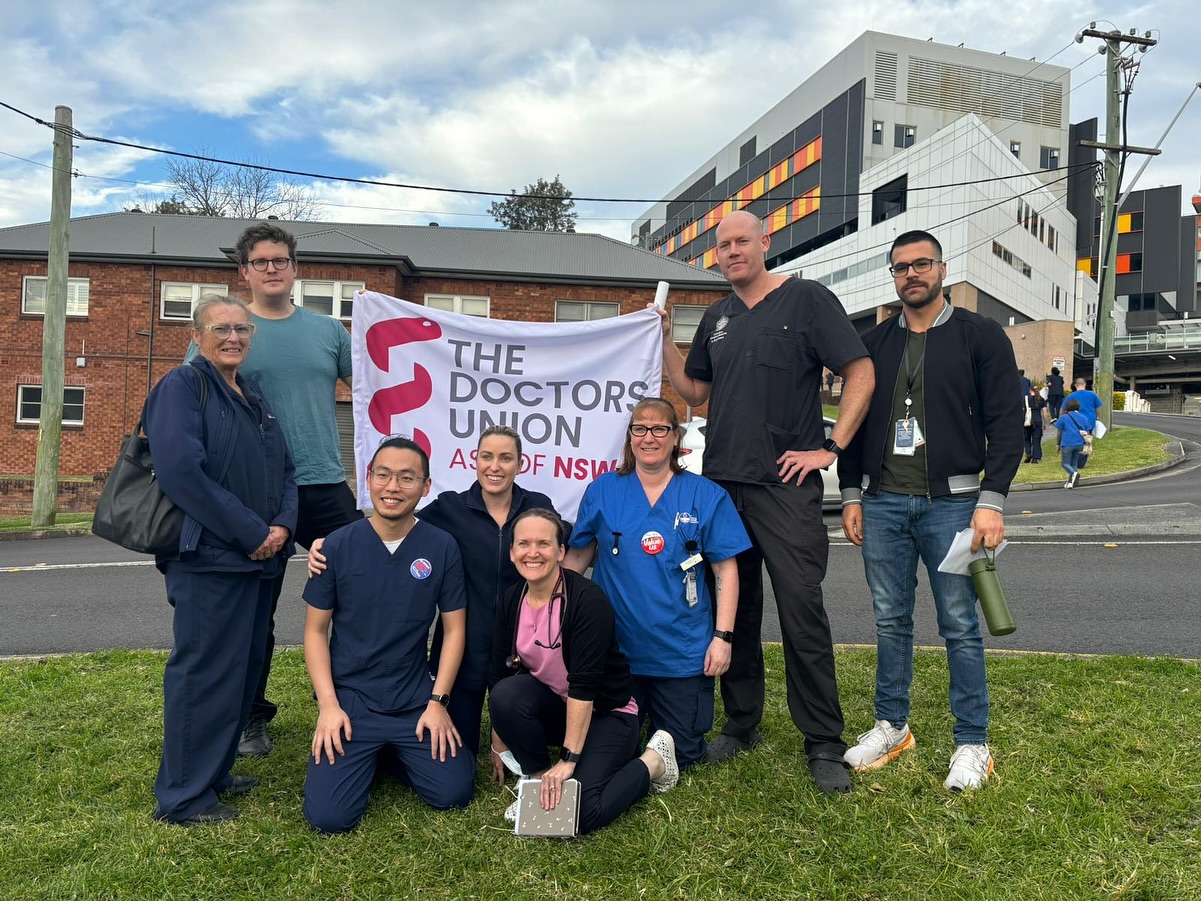
Doctors from Wollongong Hospital showing their support for the ASMOF NSW campaign. Photo: ASMOF NSW.
On Thursday (29 August), 99 per cent of members of the doctors’ union in NSW voted to endorse its log of claims. The key demands include:
- A 30 per cent increase in base pay to achieve parity with other states, improved penalty rates, on-call arrangements, and fairer salary sacrifice provisions.
- Mandated safe staffing and provisions to ensure adequate rest and recovery for all doctors.
- Five weeks of annual leave, along with increased sick, parental, and reproductive health leave, and greater flexibility and accessibility.
- Options for working from home and part-time work.
- TESL (Training, Education, and Study Leave) access for all doctors, with increased funding and improved access.













